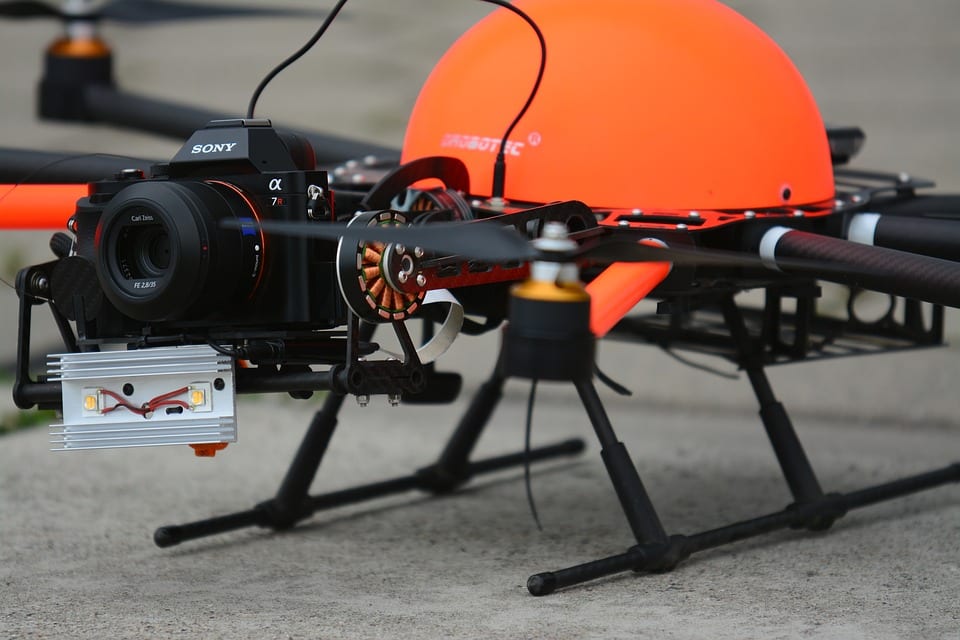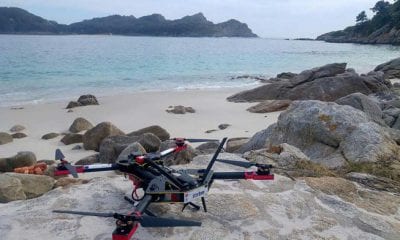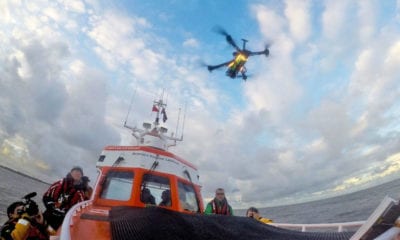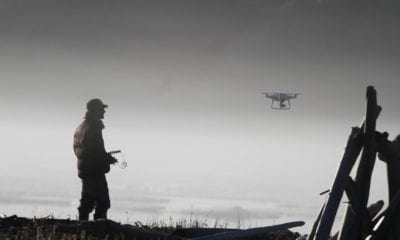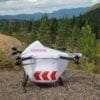News
Control of Emergency Service Drones by Interactive Chair
At the CHI ’19: Proceedings of CHI Conference on Human Factors in Computing Systems Extended Abstracts, Glasgow, Scotland UK in May 2019 researchers explored the possibilities of allowing drones to assist 911 like emergency call takers by transmitting/ reporting the emergency situation facts in a more realistic and factual manner.
In their paper submitted at the conference the research team comprising Md. Nafiz Hasan Khan, Carman Neustaedter and Alissa Antle from the Simon Fraser University, Canada, explored the idea of a drone being controlled by an emergency call taker using embodied interaction on a tangible chair. The interactive chair, called Flight Chair, allows call takers to perform hands-free control of a drone through body movements on the chair. These include tilting and turning of one’s body.
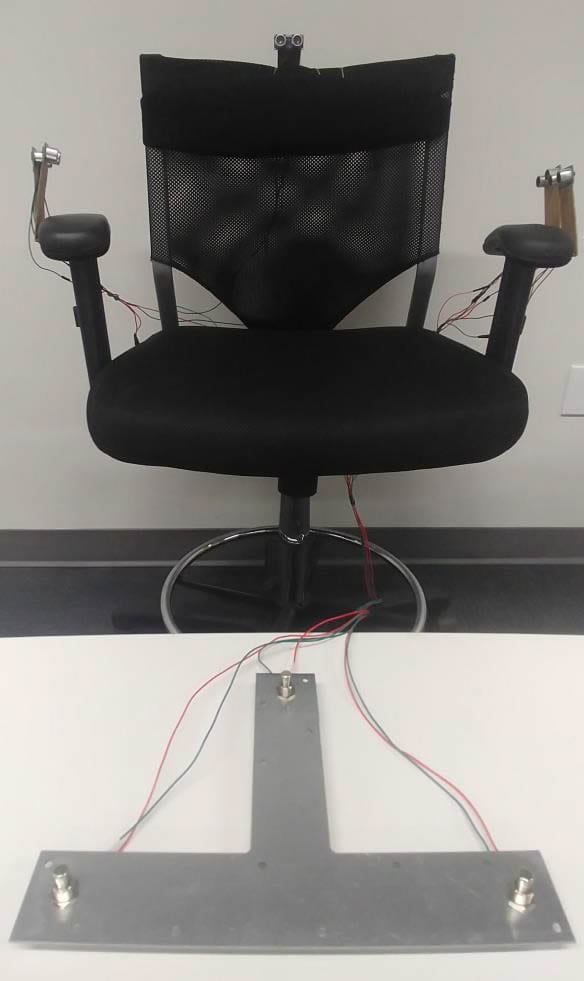
Flight Chair with the T-shaped foot pedal
A drone could quickly fly to the scene of an emergency and send video back to a 9-1-1 call taker. This information could then be shared with first responders such that they could better prepare to support an emergency. However, the call takers involved will have to know how to fly the drone to a scene and capture relevant information such that it can be shared with others. To enable this with ease, researchers developed the Flight Chair: an interactive chair that enables 9-1-1 call takers to easily fly a drone to an emergency and survey the scene.
Flight Chair is a swivel chair wired with five ultrasonic sensors, one gyro sensor, and three foot buttons placed in a T-shaped panel. The ultrasonic sensors are placed on the back and both sides of the chair to collect information when user leans forward or backward and tilts left or right. The gyro sensor collects data when the chair is rotated and the foot buttons are simple momentary foot switches. All these sensors are connected to an Arduino Mega 2560 microcontroller. The chair is then connected to the server (computer) via a USB cable. Based on the data received from the sensors, the server sends direct commands to a drone which is connected to the server. In order to show the video feed of the drone, the drone camera is connected to the server.

Leaning forward to move the drone forward
Users step on a T-shaped panel to take off and land the drone. The left button on the panel causes the altitude of the drone to decrease while the right button increases the altitude of the drone. When the user tilts her body left or right, the drone moves left or right respectively. Leaning forward or backward on the chair would move the drone forward and backward respectively. The video feed from the drone camera is displayed on a 9-1-1 call taker’s computer screen.
Findings and Future path
Upcoming steps in the research will involve testing and studying user interactions with the chair as a part of 9-1-1 test calls. Overall this research will be able to help 9-1-1 call takers to overcome the challenges they face during their work and ensure minimal training is required to use drones as a part of emergency calls. More investigation is necessary however to address challenges of feasibility in the design space.

